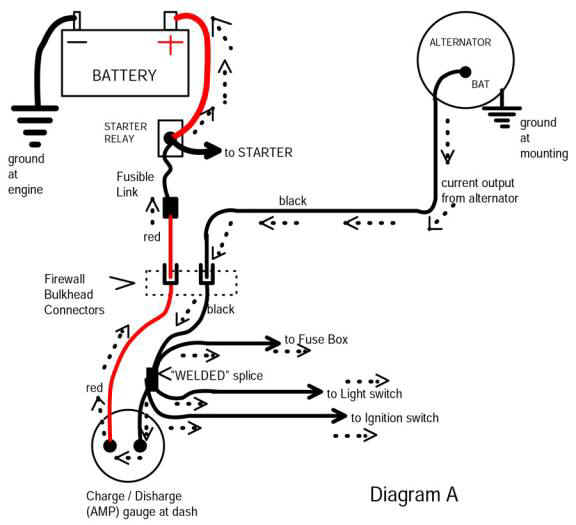VonCramp
Well-Known Member
I recently posted a thread about this but I left out some details that may be of importance. I recently purchased a 1969 Barracuda. It is originally a factory big block 4-speed car. It now has a 340 with a 18 spline a-body 4-speed(not an easy find.) I recently installed the 340 and got the car running beautifully. I used a Mallory Unilte distributor with all new parts. The car quit running after 3 days. I then bought an HEI style off of eBay and it ran great for three days and quit. The ignition switch and 340 motor were both pulled from my 68 Barracuda that was hit hard in the rear and totaled. Basically, I am getting spark at the number one plug with the same HEI distributor still installed. Motor is getting fuel. I verified this by looking into the carb and see the fuel sqirt from the shooters. I have fuel and spark but does not run. No ballast resistor is needed for the distributor. The spark does look weak because it is more of a pink than a blue spark. The Mallory promaster coil was used with both distributors. I have the hei distributor wired from the resistor plug blue wires side. The brown wire side is not connected to anything. I am at a total loss. Out of money and patience.

















